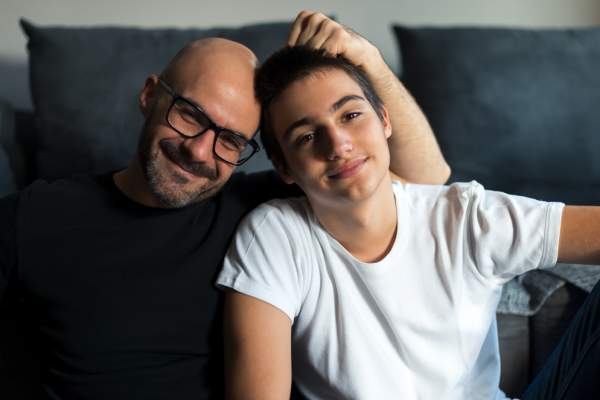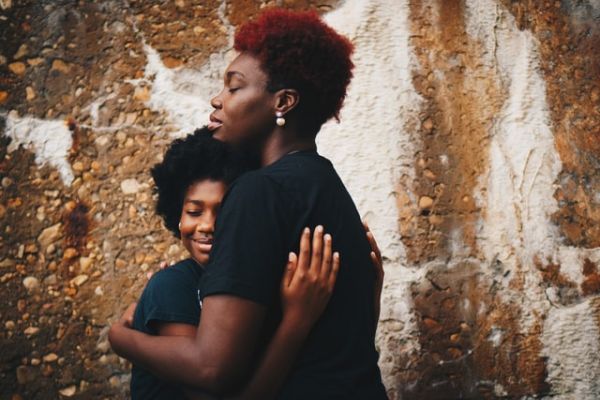How can I help my child with sleeping problems?
Sleep problems are common for many children. You might even remember having sleep problems as a child.
In the UK, it’s now thought that 30% of children have issues, which rises to 80% of children with a disability or a developmental disorder such as Autism or ADHD.
Here are the key things to know and some tips to help get your child back on track.
How can I tell when my child has sleep problems?
There will always be natural interruptions to sleep and problems will show up in different ways. However, it’s most common for children to have difficulty with falling asleep and waking up multiple times throughout the night.
When this begins to affect your child throughout the day, it’s time to seek advice.
Your child might, for example:
Be very sleepy during the daytime
Struggle to wake up in the morning
Need excessive naps
Be unable to concentrate
Fall asleep at school
So why is sleep important?
Sleep is essential for survival. During sleep, we cycle through five different stages that enable our bodies and brains to repair and prepare for the next day.
For children, it’s especially important for:
Building immunity
Developing memory
Maintaining concentration
Good growth and development
How much sleep should my child be getting?
The NHS recommend the following hours of sleep for different age groups:
Babies 4 to 12 months old: 12 to 16 hours including naps
Toddlers 1 to 2 years old: 11 to 14 hours including naps
Children 3 to 5 years old: 10 to 13 hours including naps
Children 6 to 12 years old: 9 to 12 hours
Teenagers 13 to 18 years old: 8 to 10 hours
Learn how is sleep works
Sleep is regulated by our internal ‘clock’ which signals when it is time for sleep or wake up. This is controlled by the hormone melatonin, which increases when it is time to sleep.
The biggest factor affecting our internal body clock is our external environment - so factors like the amount of sunlight we receive each day, levels of social contact, stimulation and whether we have regular meal times.
Learn about sleep hygiene
Sleep hygiene is the process of setting up the best conditions and habits for a good night's sleep.
Be aware that isn’t an overnight fix, but with persistence and consistency over time, it does get good results.
To create a good sleep hygiene routine, you need to think about:
1. Sleep environment
2. Wind down time
3. Bedtime Routine
1. Sleep-friendly environment
Factors you can adjust include:
Noise level: do they want total silence or some low-level background noise?
Low level lighting: black out curtains or warm low level lighting?
Ambient temperature: around 18 degrees is ideal
No screens: screens stimulate children and the blue light inhibits the release of melatonin
2. Wind down time
A regular time for relaxation before bed helps to prepare our minds for sleep (and encourages the release of those all-important sleep hormones).
Relaxing activities include:
Shared time with parents to talk through any worries or plans for the next day
Calming activities such as crafts, model making, jigsaws or colouring pictures
Reading to your child or getting them to read aloud
Bathtime with low lighting
Deep breathing techniques
3. Improve your child’s bedtime routine
Make sure this takes place at the same time each day. A routine including washing, brushing teeth, getting into pyjamas and reading a book should last around 30 minutes.
Don’t forget - it’s equally important to wake your child up at the same time each morning (if they don’t wake up by themselves).
Stay optimistic
Sleep training is all about trialling, testing and perfecting the routine - so don’t jump to conclusions too early or track the progress too carefully. Each child is different, and you might be surprised by what helps them.










